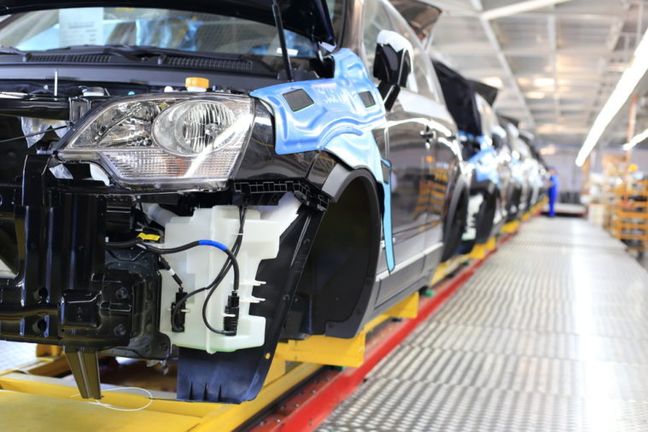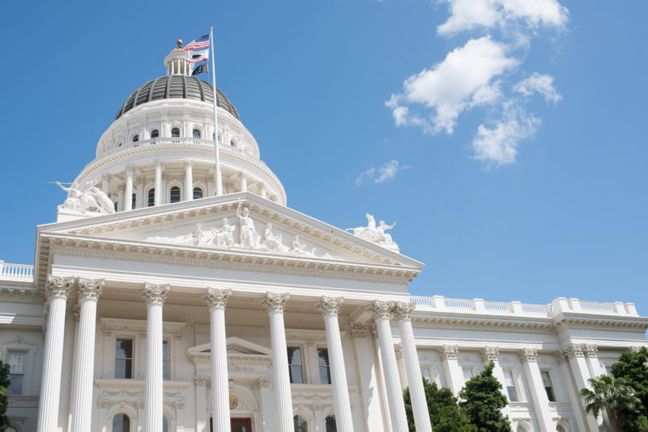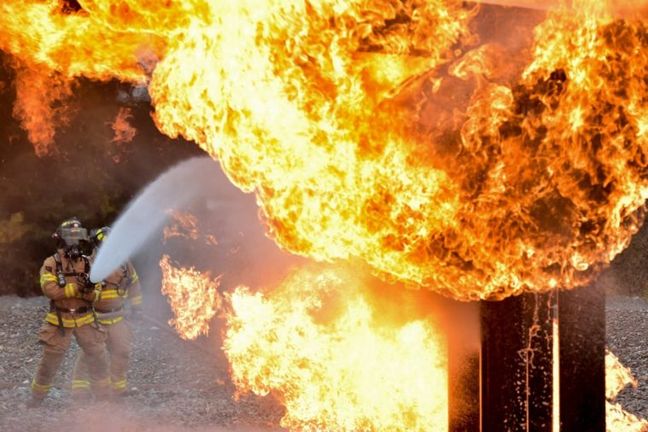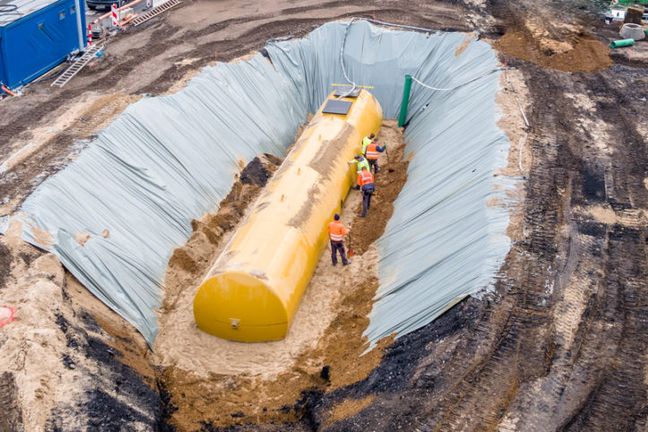In the recent case of William Jae Kim, et al. v. Toyota Motor Corporation, et al. (2018 WL 4057248), the California Supreme Court affirmed the Second Appellate District Court of Appeal decision which previously affirmed the trial court judgment after a jury found for defendant in a product liability case. Plaintiffs claimed the pickup truck was defective because its standard configuration did not include a particular safety feature, known as vehicle stability control (“VSC”), that they claimed would have prevented the accident. Thus, at issue was whether evidence of industry custom and practice may be introduced in a strict products liability action.
Procedural Background
Facts
Plaintiff William Jae Kim (Kim) and his wife brought a strict products liability suit against Toyota Motor Corporation alleging that the Toyota Tundra pickup truck Kim was driving he was injured was defective because its standard configuration did not include a VSC, which they claimed would have prevented the accident. During trial, evidence was admitted that no vehicle manufacturer on the date of the collision included VSC as standard equipment in pickup trucks.
At trial, the jury was instructed on the so-called risk-benefit theory of strict products liability, under which the jury must determine whether the product’s design creates preventable danger that is excessive in relation to the advantages of the design. Barker v. Lull Engineering Co., 20 Cal.3d 413, 430 (1978). The jury found that the 2005 Toyota Tundra did not have a design defect, and the trial court entered a judgment in favor of Toyota. The Kims moved for a new trial on multiple grounds, including the trial court’s denial of their motion in limine to exclude evidence of industry custom and practice. The trial court denied the motion.
At issue was the trial court’s denial of Kims’ motion in limine to exclude evidence the automotive industry custom was to not include VSC as standard equipment in pickup trucks. The Second District Court of Appeal earlier affirmed, holding that such evidence may be admissible in a strict products liability action, depending on the nature of the evidence and the purpose for which the proponent seeks to introduce it. This deviates from prior case law, which held evidence of industry custom and practice as never admissible in strict products liability cases, with this recent case suggesting such evidence is always admissible.
Analysis
The issue before the California Supreme Court concerned the admissibility of evidence of industry custom and practice when a plaintiff alleges a design defect under the risk-benefit test. By “industry custom and practice,” we refer to the use of the challenged design within the relevant industry— “what is done”—as opposed to so-called “‘state of the art’ ” evidence, which concerns “what can be done” under present technological capacity. Carter v. Massey-Ferguson, Inc., 716 F.2d 344, 347 (5th Cir. 1983) (distinguishing evidence of “industry custom” from evidence of the “ ‘state of the art’ ”); see McLaughlin v. Sikorsky Aircraft, 148 Cal.App.3d 203, 209–210 (1983); see also Owen, Proof of Product Defect, 93 Ky. L.J. 1, 7, fn. 42 (2004) (“Industry ‘custom,’ meaning prevailing use of technology, differs from the higher standard of ‘state of the art,’ meaning the best technology reasonably available at the time.”).
The Supreme Court’s analysis began from the premise that, “[e]xcept as otherwise provided by statute, all relevant evidence is admissible.” Evid. Code, § 351. Relevant evidence is that which “ha[s] any tendency in reason to prove or disprove any disputed fact that is of consequence to the determination of the action.” Id. at § 210. The critical question was whether evidence of industry custom and practice has a tendency to prove or disprove any fact that is of consequence to the proper weighing of the risks and benefits of the challenged design.
The Supreme Court further noted that a series of Court of Appeal opinions have taken the view that such evidence is always irrelevant, and thus inadmissible, to the risk-benefit analysis. This line of authority begins with Titus v. Bethlehem Steel Corp., 91 Cal.App.3d, 374 (1979), a strict products liability action brought by a young boy who was injured while playing on an oil well pumping unit. The plaintiff alleged that the manufacturer’s failure to include a safety guard on the unit constituted a design defect. Id. at p. 376. The jury found no defect. Id. at p. 377. On appeal, the Court considered whether it was a reversible error for the trial court to refuse to provide a jury instruction defining “defective product.” Id. The Court of Appeals concluded that it was a reversible error, noting that the jury had heard considerable evidence that “it was custom and practice in the industry that manufacturers offered security guards as optional equipment.” Id. at p. 378. Citing the pre-Barker case of Foglio v. Western Auto Supply, 56 Cal.App.3d 470(1976), the Court concluded that the jury should not have heard this evidence because “custom and usage is not a defense to a cause of action based on strict liability.” Titus, supra, at p. 378. In the absence of a definition of “defect,” the Court concluded that “it is quite probable that [the jury] believed the pump was not defective without safety features if it was customary to sell the product without such equipment.” Id. The Court further ruled that on retrial, “evidence on custom and usage as it pertains to the optional sale of the safeguards” would be inadmissible. Id. at p. 382.
The Supreme Court noted that in upholding the trial court’s denial of the motion in limine in this case, the Court of Appeals staked out what it described as a “middle ground,” under which “evidence of industry custom and practice may be relevant and, in the discretion of the trial court, admissible in a strict products liability action, depending on the nature of the evidence and the purpose for which the party seeking its admission offers the evidence.” The Court of Appeals reasoned that “[i]ndustry custom may reflect legitimate, independent research and practical experience regarding the appropriate balance of product safety, cost, and functionality,” and the possibility that industry custom might not reflect such considerations or strike the appropriate balance “does not make the evidence inadmissible.”
The Court of Appeals also noted that “[e]vidence of industry custom also may be relevant to the feasibility of a safer alternative design, and to the consequences that would result from an alternative design, two of the Barker risk-benefit factors.” In sum, evidence of the manufacturer’s compliance or noncompliance with industry custom and practice “may be relevant … in determining whether a product embodies excessive preventable danger, which is the ultimate question under the risk-benefit test.”
Ruling
The Supreme Court affirmed, holding (1) evidence that a manufacturer’s design conforms with industry custom and practice was not admissible to show the manufacturer adopted reasonably in adopting a challenged design and therefore cannot be held liable; (2) however, evidence of industry custom and practice may be admitted for the strict products liability inquiry, including the jury’s evaluation of whether the product is as safely designed as it should be; and (3) the evidence in this case was properly .
Takeaway
While evidence that a manufacturer’s design conforms with industry custom and practice is generally not admissible to show the manufacturer adopted reasonably in adopting a challenged design and therefore cannot be held liable, evidence of industry custom and practice may be admitted for the strict products liability inquiry, including the jury’s evaluation of whether the product is as safely designed as it should be.

 Cannabis Workers Allege Quota to Trim 4 Pounds a Day Violates the California Labor Code
Cannabis Workers Allege Quota to Trim 4 Pounds a Day Violates the California Labor Code
 The Ninth Circuit Reminds Us: Every Word Matters
The Ninth Circuit Reminds Us: Every Word Matters
 NO WAY, PRO SE! The Consequences of Abusing the Judicial System as a Pro Se Litigant in Colorado
NO WAY, PRO SE! The Consequences of Abusing the Judicial System as a Pro Se Litigant in Colorado
 Victim of Financial Mismanagement or Unlawful Retaliation? New Jersey City University Program Founder Claims School Retaliated After Reporting Alleged Sexual Harassment
Victim of Financial Mismanagement or Unlawful Retaliation? New Jersey City University Program Founder Claims School Retaliated After Reporting Alleged Sexual Harassment
 “Real Housewives” Gets a Reality Check
“Real Housewives” Gets a Reality Check
 Missing a Chapter: Insufficiency of Expert Deposition Testimony in Medical Malpractice Litigation
Missing a Chapter: Insufficiency of Expert Deposition Testimony in Medical Malpractice Litigation
 Crash Course: Why Summary Judgment Misses the Mark in Illinois Multi-Cause Limousine Crash Collision
Crash Course: Why Summary Judgment Misses the Mark in Illinois Multi-Cause Limousine Crash Collision
 Bitter Truths: Lead, Cadmium, and Defective Pleadings in California Chocolate Class Action
Bitter Truths: Lead, Cadmium, and Defective Pleadings in California Chocolate Class Action
 The Law of Unintended Consequences: Including Insurance Brokers in Litigation Strategy Communication May Waive the Attorney-Client Privilege
The Law of Unintended Consequences: Including Insurance Brokers in Litigation Strategy Communication May Waive the Attorney-Client Privilege
 Courts will Allow Clarification of an Ambiguous CCP 998 Offer to Compromise in Consideration of the Offer’s Validity
Courts will Allow Clarification of an Ambiguous CCP 998 Offer to Compromise in Consideration of the Offer’s Validity
 No Coverage Where Negligence is Inseparable with Professional Service
No Coverage Where Negligence is Inseparable with Professional Service
 Court of Appeal Addresses Statutes of Limitations for Latent Construction Defects and Damage to Real Property
Court of Appeal Addresses Statutes of Limitations for Latent Construction Defects and Damage to Real Property
 Additional Insured Coverage as to Ongoing Operations
Additional Insured Coverage as to Ongoing Operations
 Builder Must Respond To Notice Of Claim Within Statutory Time Frame As Required In California’s Civil Code
Builder Must Respond To Notice Of Claim Within Statutory Time Frame As Required In California’s Civil Code
 Damage to an Underground Storage Tank is Not a Covered Risk
Damage to an Underground Storage Tank is Not a Covered Risk